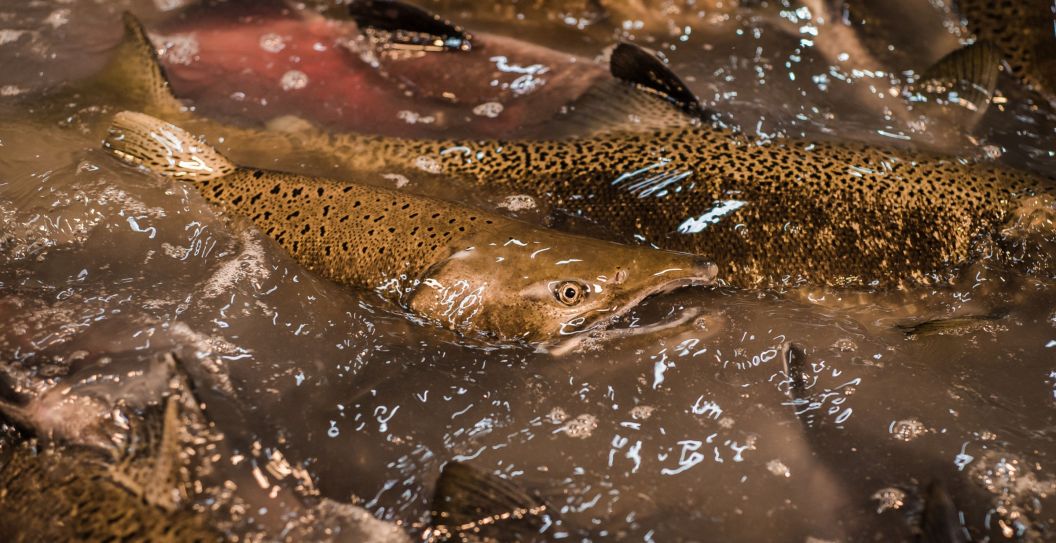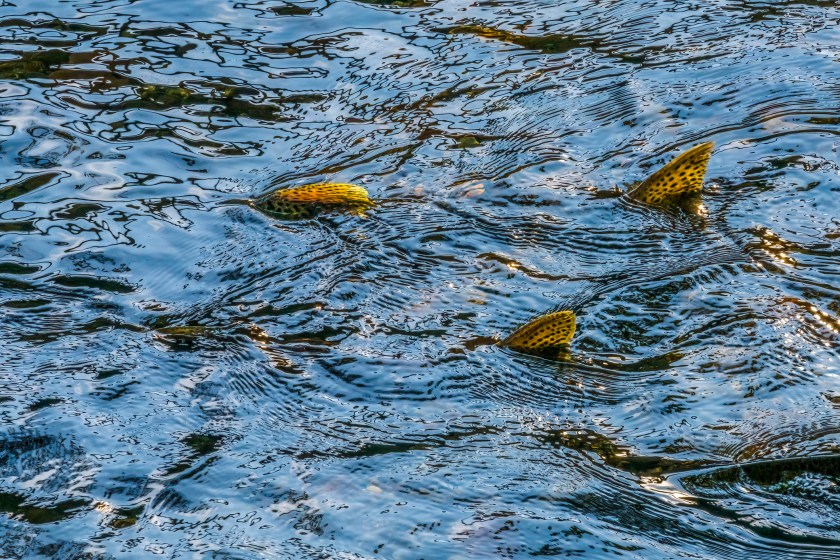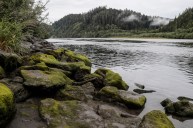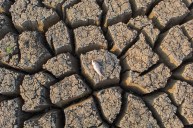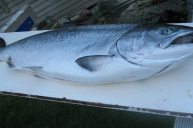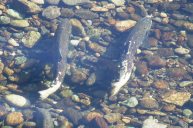It was supposed to be a glorious moment as 830,000 Chinook salmon fry were released for the first time from California's Fall Creek Fish Hatchery into the Klamath River. Instead, they all died.
The salmon fry began to die off in droves after passing through the Iron Gate Dam, the California Department of Fish and Wildlife said. The agency believes the mass casualties were caused by gas bubble disease, which can happen when fish experience a drastic change in pressure.
Gas bubble disease is a non-infectious, physically induced trauma caused by an increase in the dissolved gas pressure above the ambient air pressure. Essentially, air bubbles get trapped within a fish's body due to water supersaturated with dissolved gas. That excess gas is absorbed by the fish and forms microbubbles in its tissues, which may combine to form larger bubbles that block blood flow, The Spruce Pets explains.
It is thought that the fish suffered this trauma and were sickened while passing through the dam tunnel. CDFW does not believe the die-offs are linked to poor water quality in the Klamath River. Measurements of turbidity and dissolved oxygen measurements in the water were suitable, the agency said.
A long-term dam removal process in the Klamath River has been ongoing for years. At least four dams in the Klamath River Basin in California and Oregon were set to be removed by 2024 in hopes of improving the habitat for declining salmon numbers there, in what was called the world's largest dam removal project ever attempted. This was after the state of California received a disaster determination for its Klamath River Chinook salmon fishery in 2020.
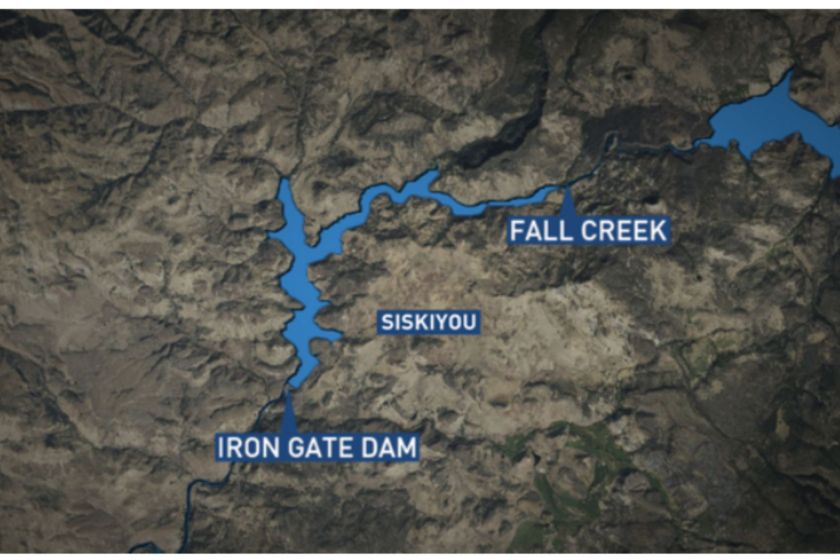
Map Courtesy of the California Department of Fish and Wildlife
The old infrastructure of the Iron Gate Dam will be deconstructed later this year, according to the CDFW. The dam, which was opened in 1964, blocks the Klamath River to create the Iron Gate Lake Reservoir. It forms the lowermost part of a series of power dams on the river and poses the first barrier to migrating salmon in the Klamath. The lowering of the Iron Gate dam will start the process for the removal of the three remaining hydroelectric dams that are part of the Lower Klamath Project in Northern California and southern Oregon.
These dams have blocked Chinook and other species from migrating upstream for decades, contributing to population decrease and poor water quality in the Klamath River, ORB reports. At one time, the Klamath was the third-largest salmon producer on the West Coast, but since the dams have been in place, the Klamath's salmon runs have dwindled to a fraction of what they once were.
